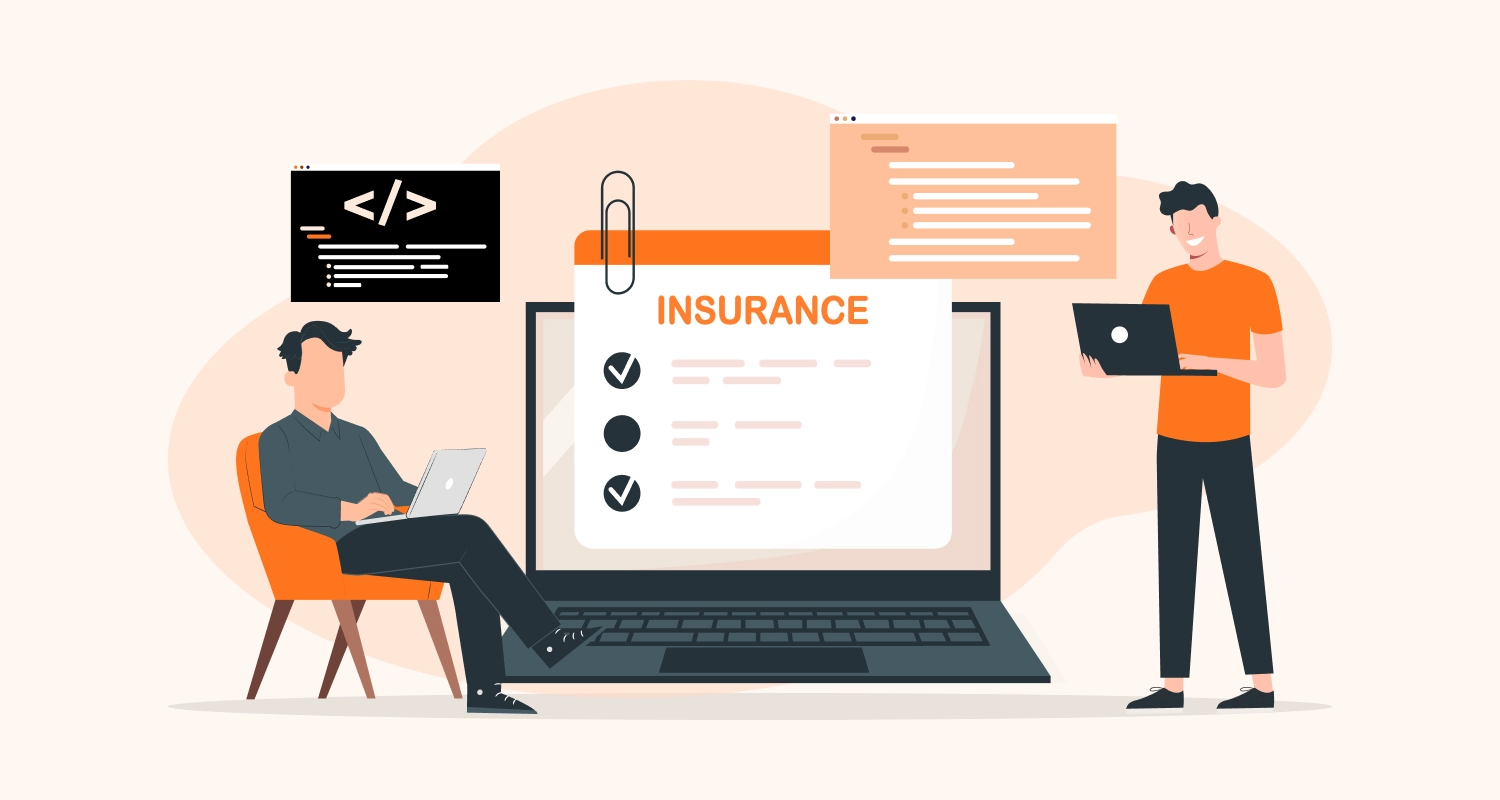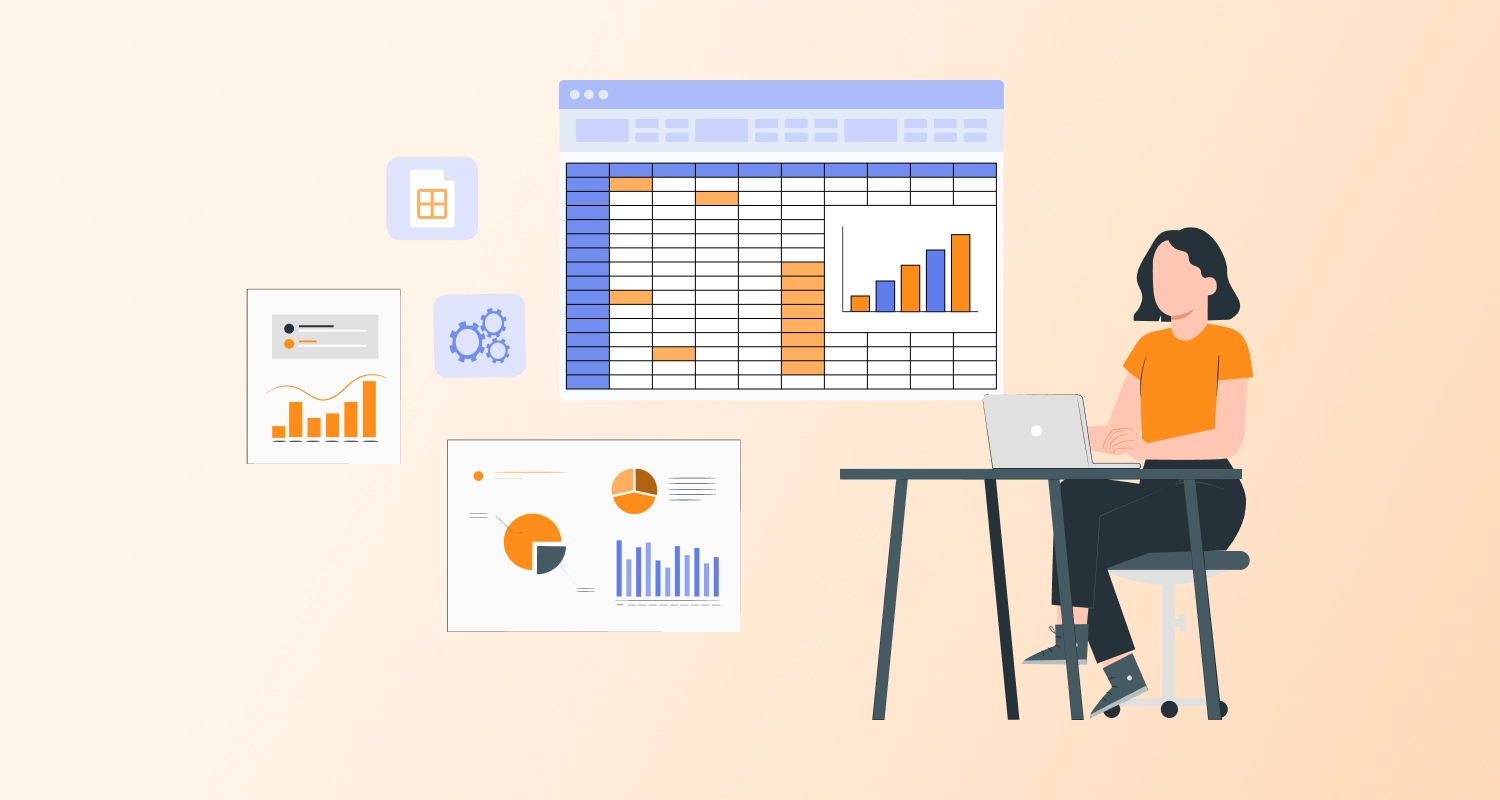Implementing a healthcare management system and guaranteeing its stability for many years would be good. The complexity and demands of healthcare solutions preclude that, though. They eventually become out-of-date and are unable to function at their previous level.
Their efficiency can only be increased with a skilled EHR software development plan. Healthcare institutions may use medical records as efficiently as possible if they successfully move to a more modern and reliable infrastructure.
Are you interested in learning more about moving EHR data to a new system for a custom healthcare software development company?
What Is EHR Data Migration, And Why Is It Important?
Transferring patient health information from one electronic health record system to another is known as the data migration in EHR. Throughout the medical website development migration process, data from the existing system is taken out and converted in order to meet the requirements of the new system.
Advantages Of Implementing EHR Migration
Healthcare organisations and medical tech startups may gain from the interchange of electronic health data in a variety of ways, including:
Better Coordination of Care
Integrating patient data from several sources into a single electronic health record system may improve care coordination amongst healthcare professionals.
Better Outcomes for Patients
Fast access to precise patient data is made possible via EHR data transmission, which might enhance medical results. Apart from offering patients timely and proper care, this approach can also reduce the possibility of medical mistakes.
Increased Effectiveness
EHR data transfer may boost productivity by simplifying data administration and cutting down on the time and resources needed to access patient data. Healthcare staff productivity and workflow might increase as a result.
What Are The Reasons To Implement An EHR Data Migration?
In the healthcare industry, moving EHR data has become a common procedure. As a result, practically all organizations will eventually need to transfer their current data to a new EHR. So, when is the best time to transfer your files?
The principal cases are as follows:
You wish to switch from your present EHR provider.
You may choose to alter the electronic health record system if you’ve already established it but are dissatisfied with how it functions. In this instance, moving the records requires EHR migration services.
You transfer to a different EHR to use one with more features.
While it is possible to incorporate the absent functionalities without modifying the system, the constraints of antiquated software might provide a substantial challenge. For a smooth transition and increased return on investment for EHR software, you will need to consider other suppliers or analytics platforms.
Your medical facility is undergoing a purchase.
The acquiring organization sets the terms of a merger between two healthcare organizations. Your organization might need to go through the procedure of EHR data migration services to merge with a major provider and create a unified system.
You must adhere to the latest regulatory standards.
Your out-of-date EMR integration solutions may not meet the most recent rules about data processing and healthcare. Switching to a different system is an option in this situation.
The Different Types of Data Migration In EHR

Three primary forms of data transfer for electronic health records (EHRs) exist:
Full Data Migration
All patient data must be transferred from the old EHR system to the new one. Patient demographics, medical history, prescriptions, allergies, test outcomes, and other clinical information are all included in this. A thorough “full data migration” method guarantees that all pertinent patient data is moved to the new system.
Partial Data Migration
To do this, a limited set of data items must be migrated from the old EHR system to the new one. This might include clinical data, patient demographics, or other pertinent information. Partial data migration might be helpful when just some data items are required for the new system or when it is not practical to migrate all the data because of time or resource restrictions.
Hybrid Data Migration
A combination of complete and partial data migrations are involved in this. For instance, whilst some patient data may be entirely moved, others may only be partially so. Healthcare businesses may customize the data migration for the EHR process to match their unique requirements with the help of hybrid data migration, a flexible technique.

5 EHR Data Migration Steps to Follow
Choosing the best strategy for moving EHR migration requires much study and expertise. Every component must be guaranteed compatible with custom healthcare, vital data loss must be avoided, and many other details must be considered.
Audit What You Already Have
Before implementing any technical modifications, you need to be aware of your present data and human resource availability. Specifically, it’s critical to determine if your IT department can handle EHR data migration internally or if it has to be outsourced. You must evaluate your budget and the anticipated period to plan the future stages.
For instance, outsourcing will be your only choice if you have to move documents quickly and don’t have the required experts on staff. You’ll be able to do tasks more quickly, save money, and skip the hiring phase.
Chose Data and Define the Scale
Likely, you won’t want all of the history data if your custom healthcare software development company has been around for a long. You may no longer require the out-of-date patient records that your system may store for legal and practical reasons. For this reason, you have to decide what data to include when migrating EHRs. Additionally, you should choose your procedures for uploading and processing data in the future.
You need to determine the answers to the following questions:
- How much of the historical data has to be converted?
- How much data is required for manual coding, scanning, and other forms of structuring?
- Will scanned papers be searchable or available as scanned images?
- Would you prefer to stop using paper products entirely?
- What are your future goals, regarding the amount of services offered by an EHR migration company?
- What information may you discard without endangering your patients or your practice?
Develop the Strategy for Data Migration to a New System
Plan the migration once you have determined what data to move and how to handle it. Remember that you will need to proceed cautiously because it is a lengthy and intricate procedure. Working backward, begin with the most recent and pertinent records. Establish deadlines to manage the process. A third party you assign the task of managing the electronic health record data migration to will handle this phase and carry out the transfer. All you have to do is keep an eye on the procedure.
Complete the Migration and Test the New System
Ensure all the data is in the correct location throughout the mapping and migration of EHR data. The primary issue with switching to a new system is missing data, so proceed cautiously. Verify the correctness by verifying patient names, dates, financial information, and other pertinent facts twice. If there are any problems, address them right away.
Train Your Staff
Global software changes might affect internal operations if staff members are not trained to use the new system. As a result, you need to inform all team members of the most recent data processing procedures. Since individuals typically oppose change, you should also explain why the migration of the EHR data was required.
It’s likely that you will need to arrange for a data migration across electronic health record (EHR) platforms when you combine or buy another healthcare organization. Given the present challenges facing healthcare organizations, properly and quickly performing data transfers is even more critical.
In A Nutshell
It is impossible to overestimate the importance of a successful data transfer for a healthcare institution. If something goes wrong, the repercussions for reputation, wealth, and security are just too great. Conversely, a reliable partner for EHR/EMR software development will assist you at every stage of the process, offering guidance, best practices, and a plan for mitigating risks to protect patient data.
Frequently Asked Questions
What Are Migration Path For EHR?
Transitioning from paper-based charts to electronic records is a complex process that necessitates addressing every aspect. Although there is no set path for the process, strategic preparation and execution are essential to address any risk concerns before they arise.
How Do I Transfer Data From One EHR to Another?
Examine Historical EHR Data
Arrange Data Transfer
Reduce Downtime
Transfer the Data
Check the Data
Go Into Action
What Does the Process of EMR Data Migration Involve?
The process of moving data from an old infrastructure to a new one is known as data migration in an electronic health record. Typically, an EHR has the following patient data: allergies. Radiographic images such as CT, MRI, and others.
What Are the Key Challenges in the Electronic Health Record Data Migration Process?
When transferring current data to a new application, errors, redundant, and duplicate data may be introduced. It’s possible that the content and structure of the data in the source system won’t match those needed in the target system. Data transmission raises additional concerns about safety.







